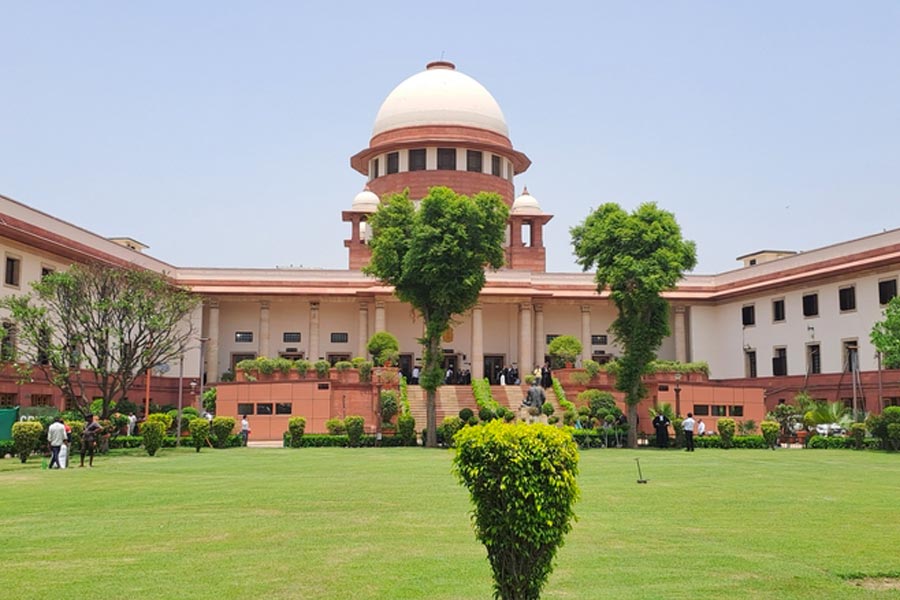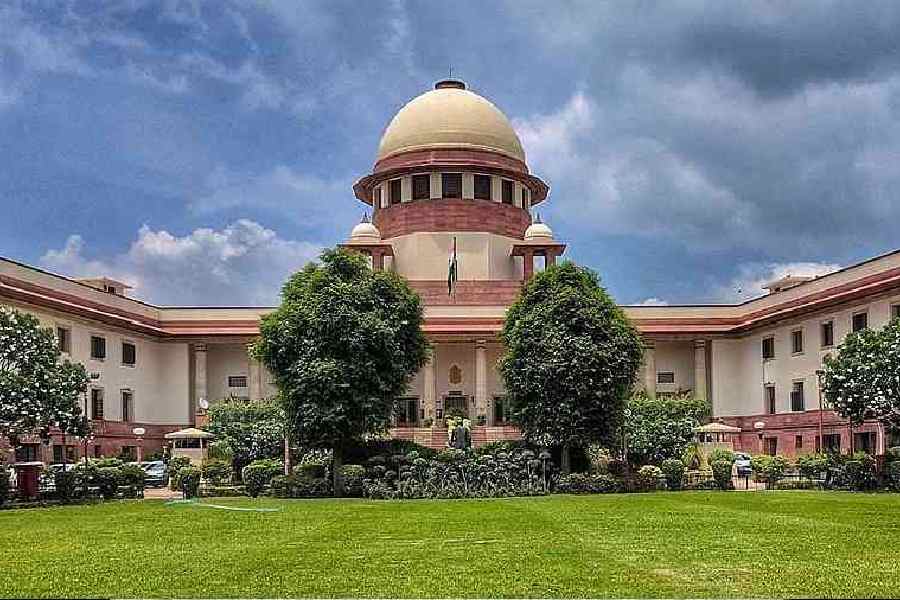The Supreme Court on Friday refused to entertain a PIL seeking an independent audit of source code of the electronic voting machines (EVMs) used by the Election Commission, saying no “actionable material” was placed to indicate that the poll panel was in breach of its “constitutional mandate”.
Observing that it will not venture into the “policy issue”, the top court dismissed the PIL which had also sought a direction to the poll panel to put in the public domain the audit report, if any, of EVM’s source code.
“The Election Commission of India (ECI) is entrusted constitutionally with superintendence and control over the conduct of elections. Presently, the petitioner has placed no actionable material on the record in this court to indicate that the ECI is actually in breach of its constitutional mandate,” a bench comprising Chief Justice D Y Chandrachud and Justices J B Pardiwala and Manoj Misra said in its order.
The bench said the manner in which the source code should be audited and whether the audit report should be placed in public domain falls within the domain of the poll panel.
“On such a policy issue, we are not inclined to issue a direction of this sort which has been sought by the petitioner. There is no material before this court at this stage to indicate that the Election Commission is not taking suitable steps to fulfil its mandate,” the bench said while dismissing the PIL filed by an individual named Sunil Ahya.
The source code is a set of instructions and statements of a programmer using a computer programming language.
The ‘Hash functions’ are used to digest or condense a message down to a fixed size which can then be signed in a way that makes finding other messages with the same hash extremely difficult.
During the brief hearing, the bench referred to certain things related to the functioning of the top court and said it recently allowed electronic passes for entering into the Supreme Court. “If I start putting out what is source code in public, you know, who will be able to hack that,” the CJI said.
Before filing the petition, PIL petitioner Ahya had made representations to the Election Commission seeking an independent audit of the source code of the EVMs.
“The source code is the brain behind the EVM and it is about survival of democracy,” Ahya said.
Ahya had earlier moved the petition before the general elections in 2019. The court had then said in view of the announcement of the general elections it was not possible to go into the issues raised in the PIL.
It had, however, granted Ahya the liberty to file a fresh plea if a new cause of action arises.
After that, another fresh PIL was instituted and the bench had permitted Ahya to make a representation to the EC.
In the third plea, the PIL petitioner said he also made some representations to the poll panel and was still in the dark on what steps have been taken on the issue.
Except for the headline, this story has not been edited by The Telegraph Online staff and has been published from a syndicated feed.











